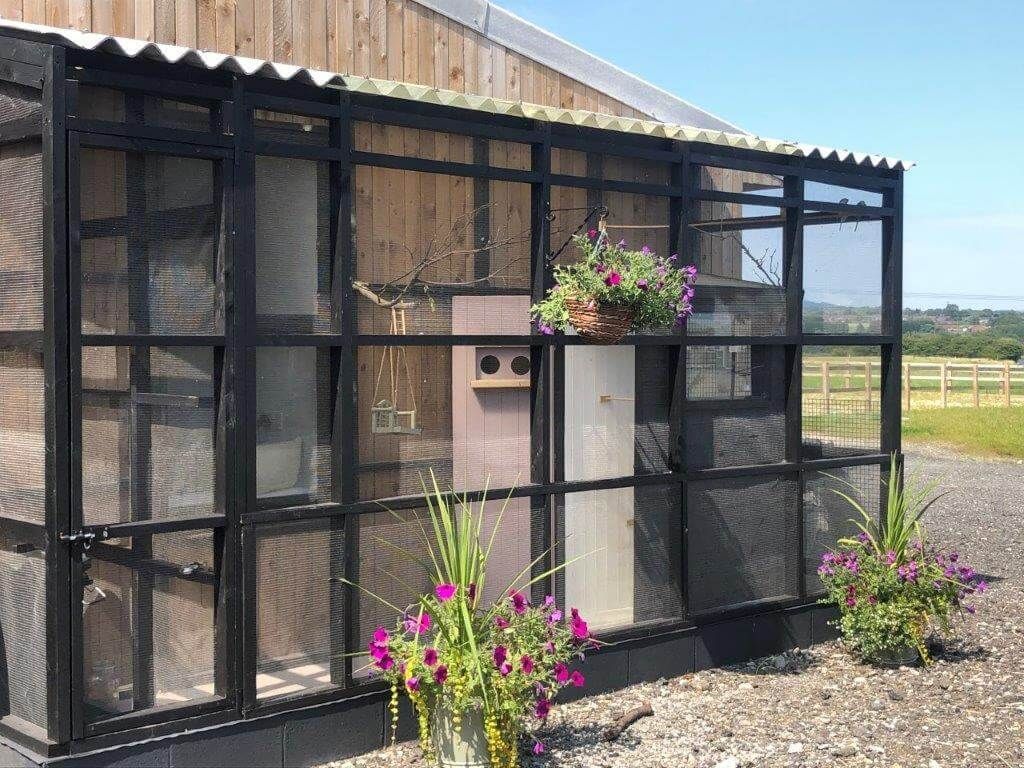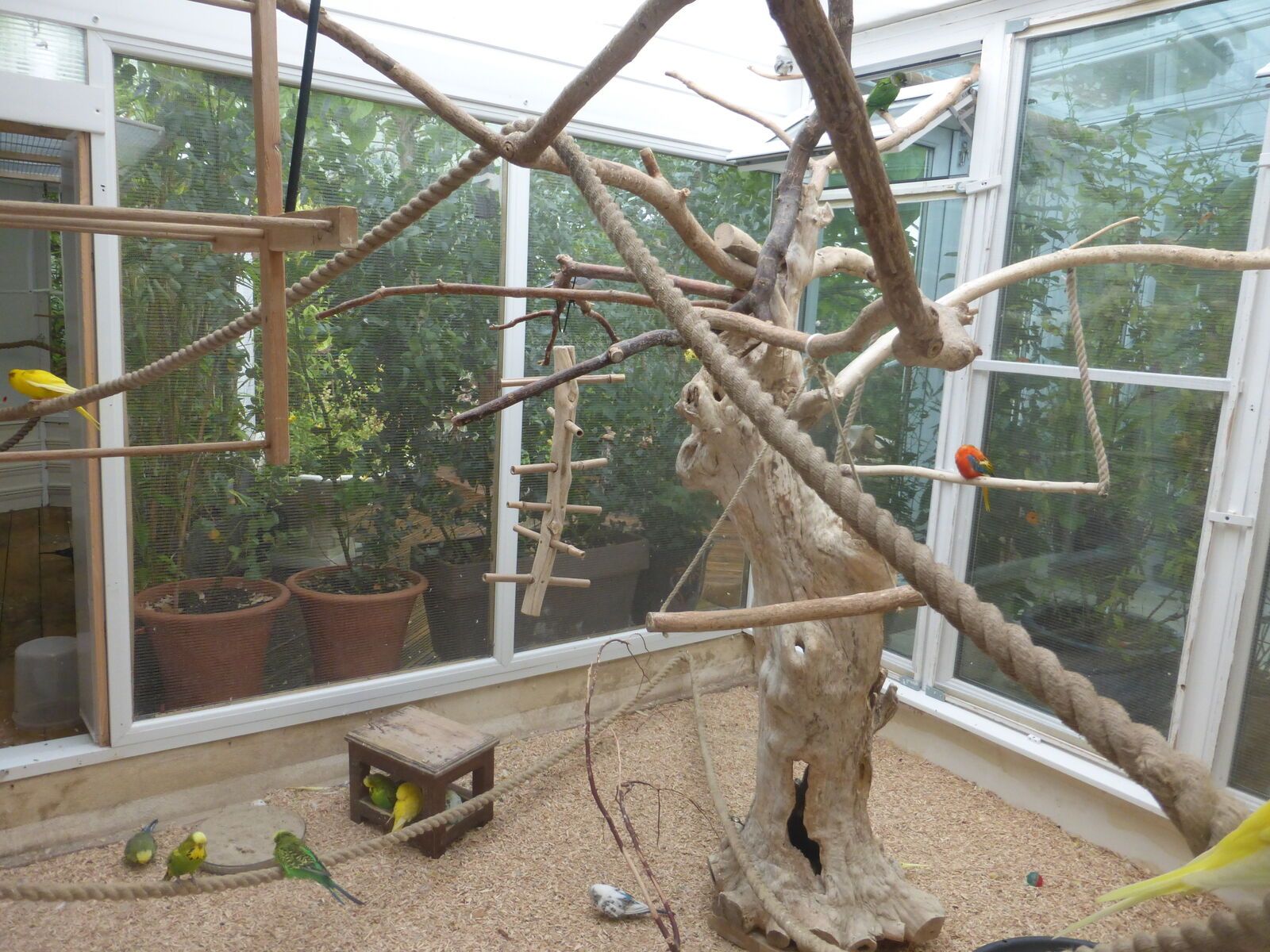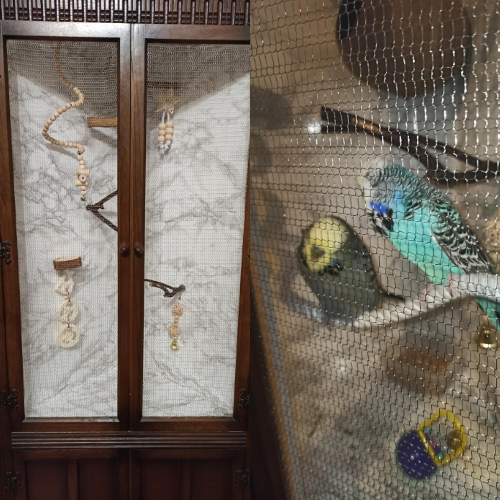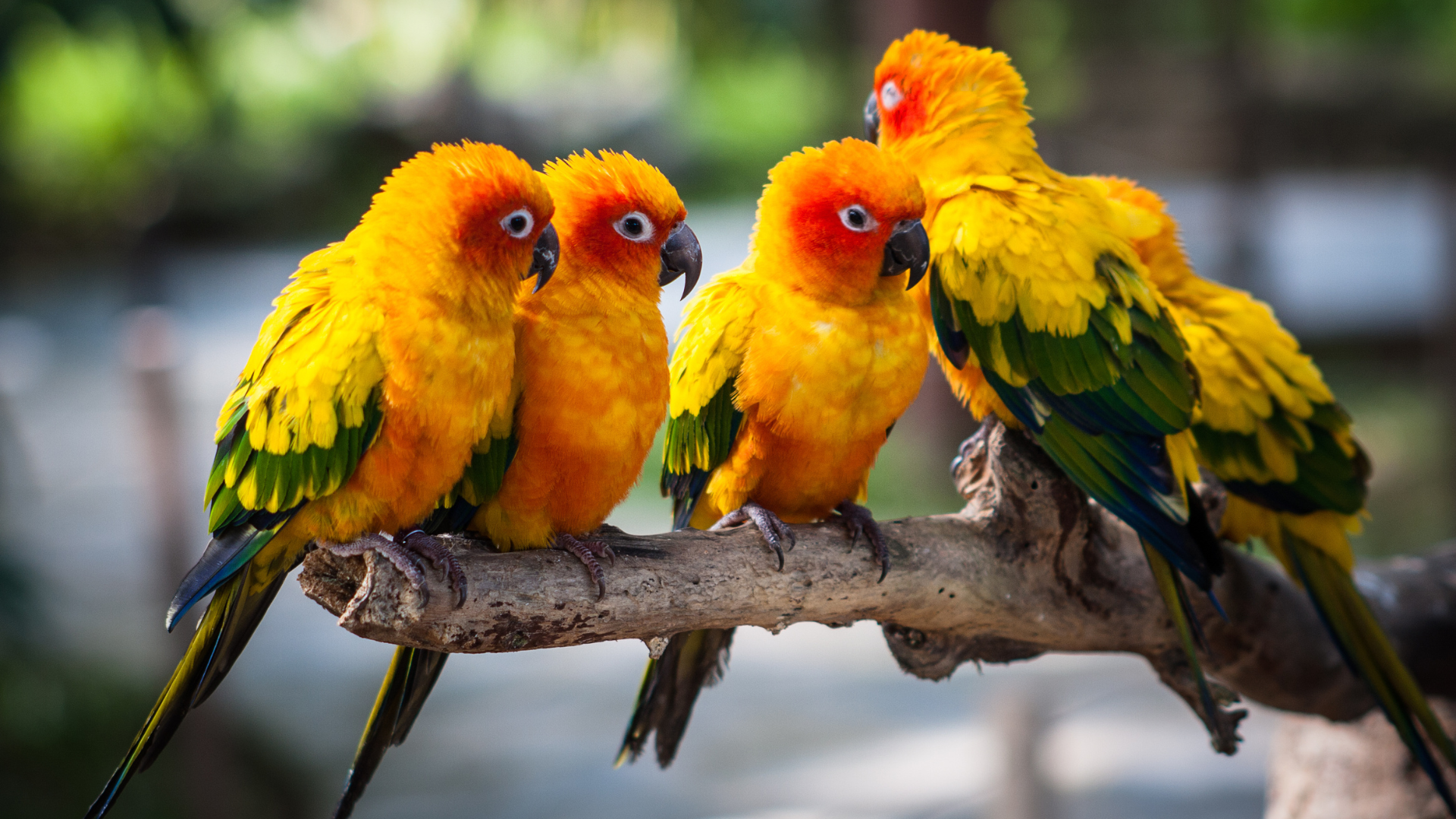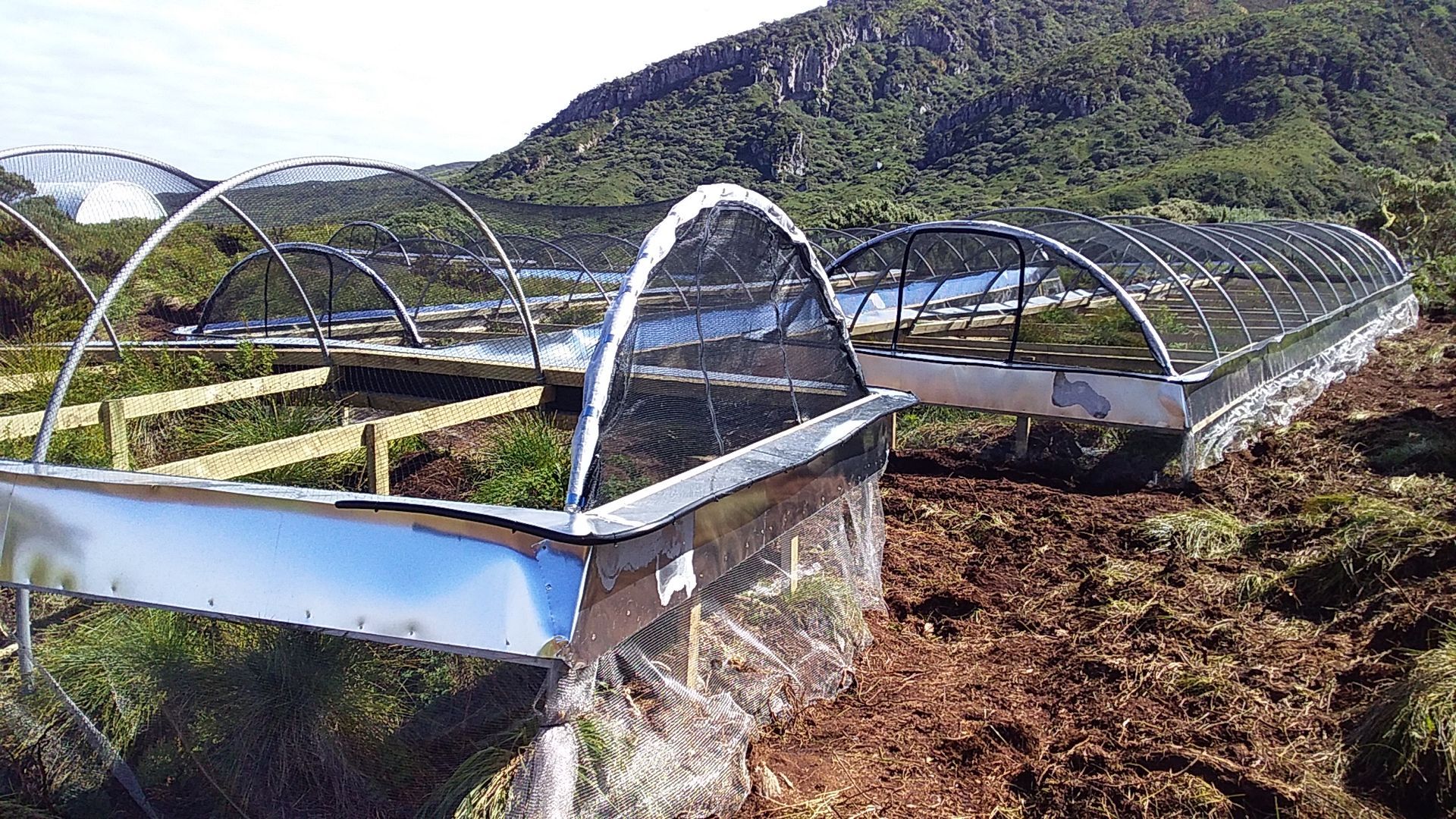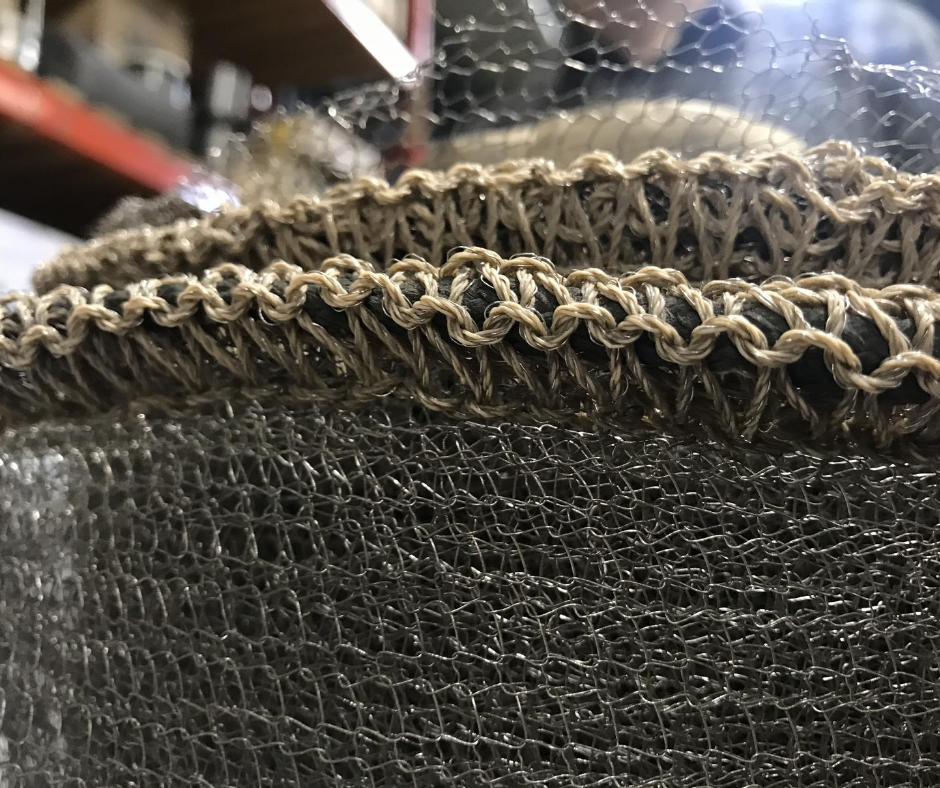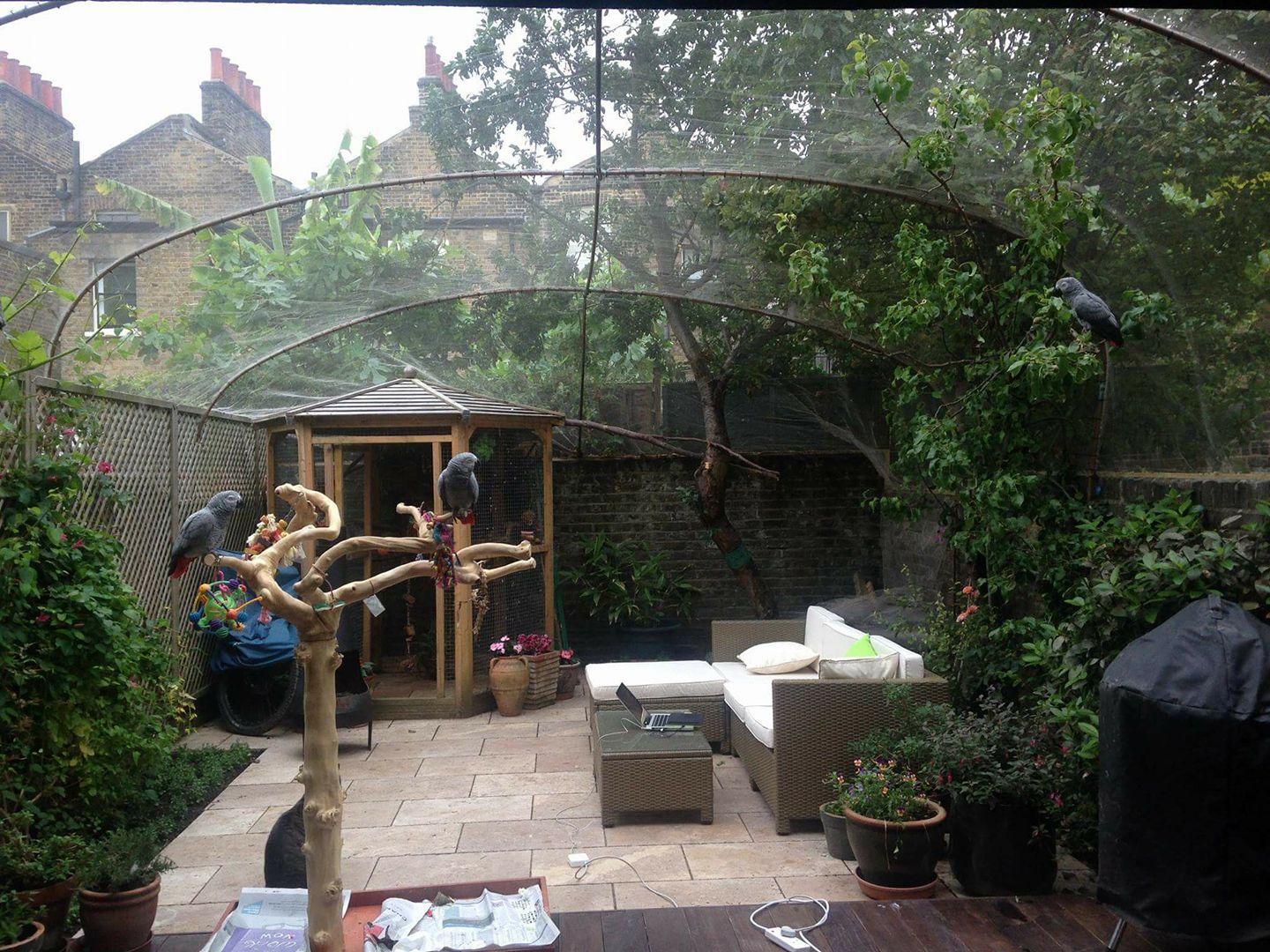When keeping budgies outdoors there are a few key things you need to keep a close eye on to ensure the safety and comfort of your budgies. It is important to remember that budgies are tropical birds and are therefore not properly acclimated to the outdoor British weather.
It is possible for your budgie to get too cold or too hot, and if this occurs for too long it could have fatal consequences.




